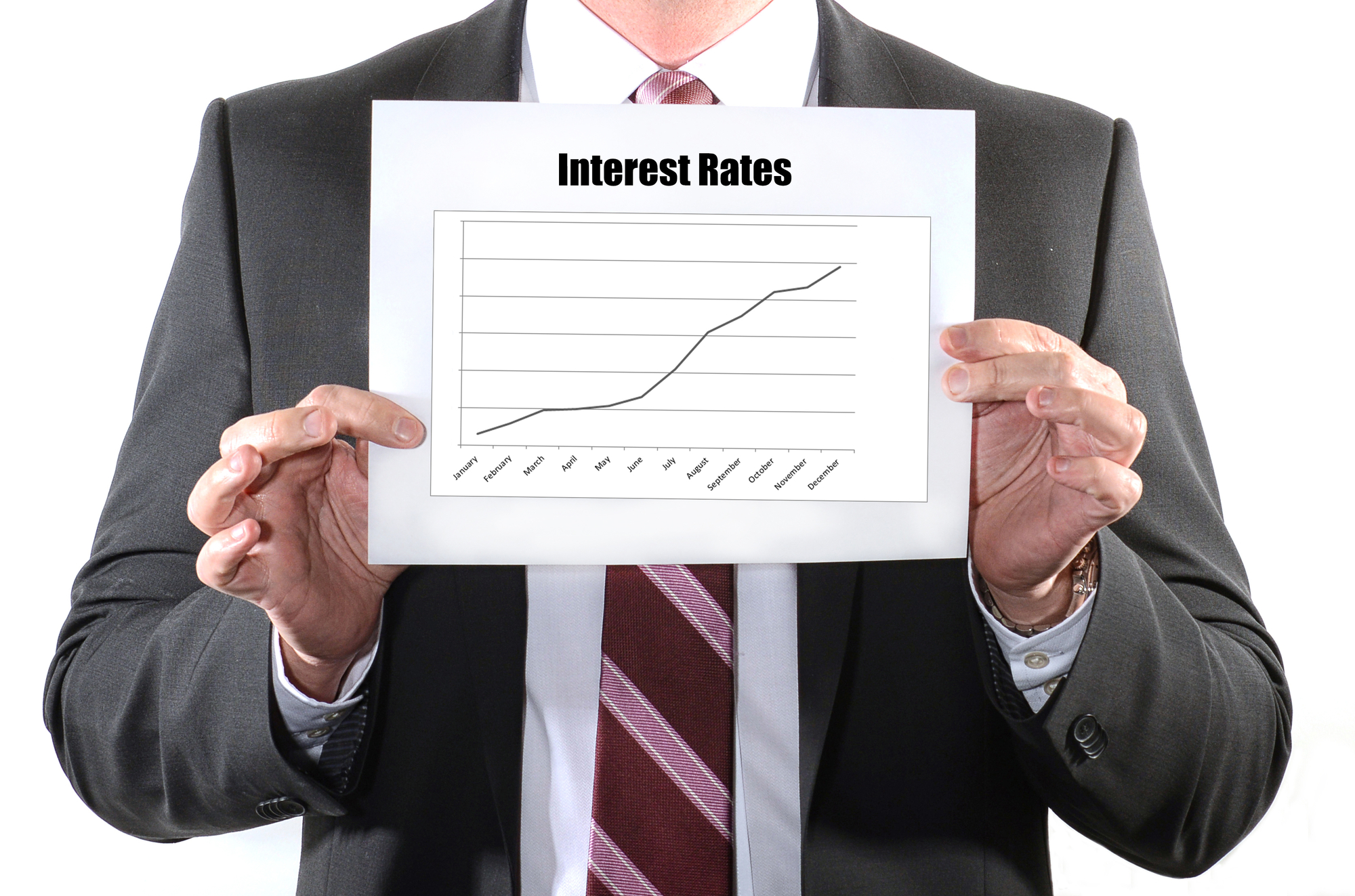When buying a home, the question of what type of mortgage you’d like to select is bound to come up if you’re not planning on purchasing the home with cash. This is when an adjustable-rate mortgage (commonly known as an ARM) or a fixed-rate mortgage comes in. Which type of mortgage is the right one for you? It’s always smart to go into any real estate transaction with a clear idea of what you’re signing up for, and by knowing what an adjustable-rate mortgage is, you can choose the best mortgage for your needs.
In this article, CT Homes explores what an adjustable-rate mortgage is, some of the pros and cons of adjustable-rate mortgages, and how to determine whether or not an ARM mortgage is a good idea for your real estate needs.
What is an Adjustable-Rate Mortgage?
An adjustable-rate mortgage is a home loan that features an adjusted interest rate over time, influenced by the latest market trends. An adjustable-rate mortgage usually begins with a lower interest rate than a fixed-rate mortgage, which makes an ARM a preferred option for home buyers that are seeking the lowest possible mortgage rate when first owning their home. The main difference between a fixed-rate and adjustable-rate mortgage is that there is more certainty in a fixed-rate mortgage. In a fixed-rate mortgage, the interest rate stays the same for the loan’s lifespan, creating consistent monthly mortgage payments.
Adjustable Rate Mortgages, however, start with a period of a fixed interest rate and then adjust to whatever the market interest rate is at the end of that time period. The duration of this fixed time period is unique to each ARM. For example, some borrowers will see a fixed period of 5 to10 years. Once the introductory fixed period has ended, the monthly payments will begin to fluctuate periodically to be aligned with the market interest rate at the time. It’s important to factor that in before moving forward with an ARM because budgeting for payments is influenced by market trends.
Did your interest rate just adjust or do you expect it to do so soon? Skip the increase in payments and get a cash offer for the property today!
Pros and Cons of Adjustable-Rate Mortgages
So now that we understand what an adjustable-rate mortgage is and how they vary from a fixed-rate mortgage, it’s time to go over some of the benefits and drawbacks of an ARM. Naturally, every buyer is different when considering their budget and preferences for making timely mortgage payments. Thankfully, by taking the time to understand how ARM loans work, buyers can better understand how to prepare for fluctuating monthly payments.
Advantages of an Adjustable Rate Mortgage
The first and most obvious advantage of an ARM: they are typically LOWER than their fixed rate counterparts. ARMs provide predictable and comparatively low payments for the introductory period. This allows new homeowners to build up their savings, and properly budget for payments that may increase down the line. An ARM also allows for some wiggle room for those who wish to move in a fairly soon time frame, such as for those with a starter home. An ARM’s low monthly payments are great for homeowners that need to move to a new area shortly after buying their property. By moving away before the introductory period ends, they are relatively unaffected by the increase in interest payments down the line. Suppose the homeowner wishes to sell the home before the interest rates adjust. In that case, the adjustable interest rates won’t complicate their budget because the mortgage will shift to the new homeowner.
Lastly, one of the most attractive features of an ARM is its ability to provide increased financial flexibility. If you have other financial goals outside of your home, like investments in other properties, the low monthly payments can help you build savings during the introductory period. While a price jump might occur once the fixed period ends, the time you spend saving during the low-interest period can protect your finances from being negatively impacted down the line.
Disadvantages of an Adjustable Rate Mortgage
Now that we’ve explored some of the advantages of an ARM, let’s go over some of the potential downsides of this mortgage type. The biggest risk when choosing an adjustable-rate mortgage is the inability to predict what the interest rate will be after the introductory period. This is most important in a RISING interest rate climate, which is what we’ve been experiencing here in the U.S. throughout 2022. The risk of abrupt and/or unexpected increases in interest rates that are inherent with ARMs could lead to a sudden increase in mortgage payments to the borrower. This of course could lead to financial stress and/or an inability to continue to make payments on the mortgage. Having a confident idea of your financial position might become difficult with fluctuating payments, and that instability might keep some home buyers away from choosing an ARM.
Avoid a potential rate hike!
Deciding whether or not an adjustable-rate mortgage is the best move for you will depend highly on what you’re looking for out of your future mortgage payments. If you anticipate that you will not be living in the home for longer than five years, there are relatively no risks to choosing the lowest interest rate on the mortgage, because you can save money for future real estate ventures more easily. But if you’re planning on living in the home for longer than the introductory period, it might be smarter to choose a fixed-rate mortgage if you don’t think you’ll be able to save up money for increased monthly payments. Everyone’s mortgage needs are different, but an adjustable-rate mortgage is a valuable option for first-time home buyers that are looking for affordable monthly payments.
Are you trying to sell your home in the San Diego area? CT Homes can expedite the real estate transactions by extending cash as-is offers, allowing homeowners to move forward in their real estate goals. Contact CT Homes today to learn more!






